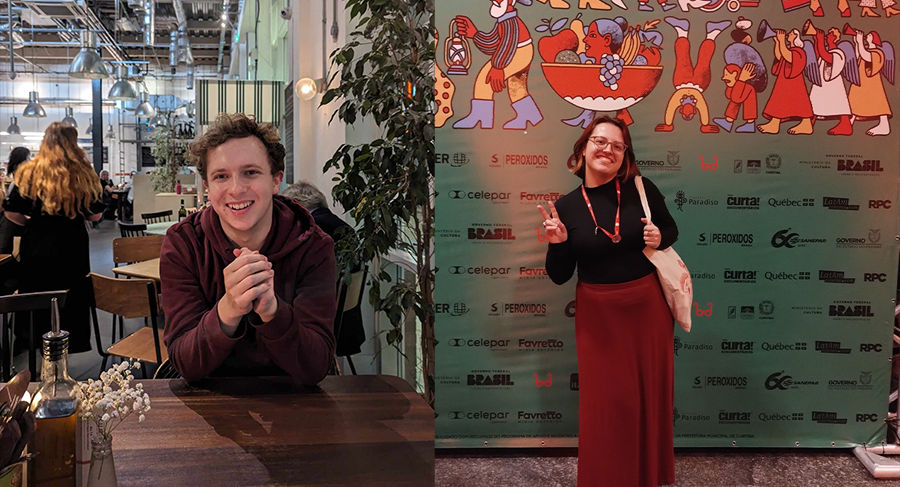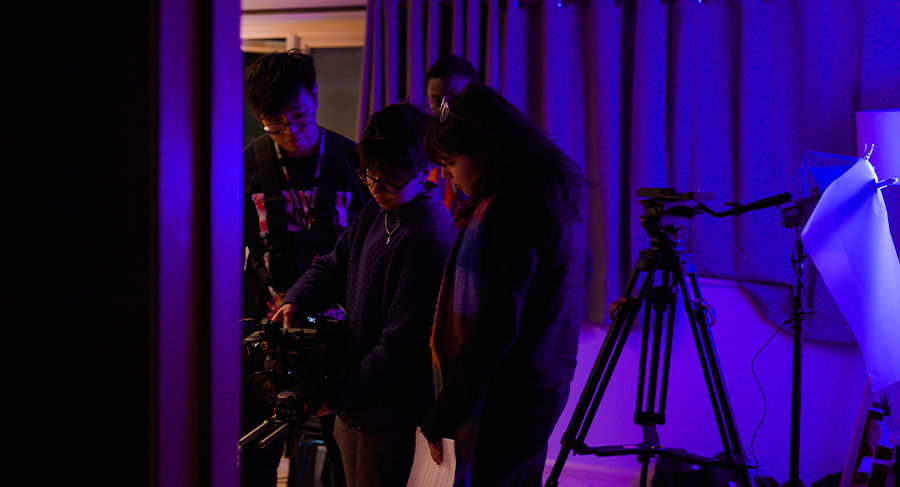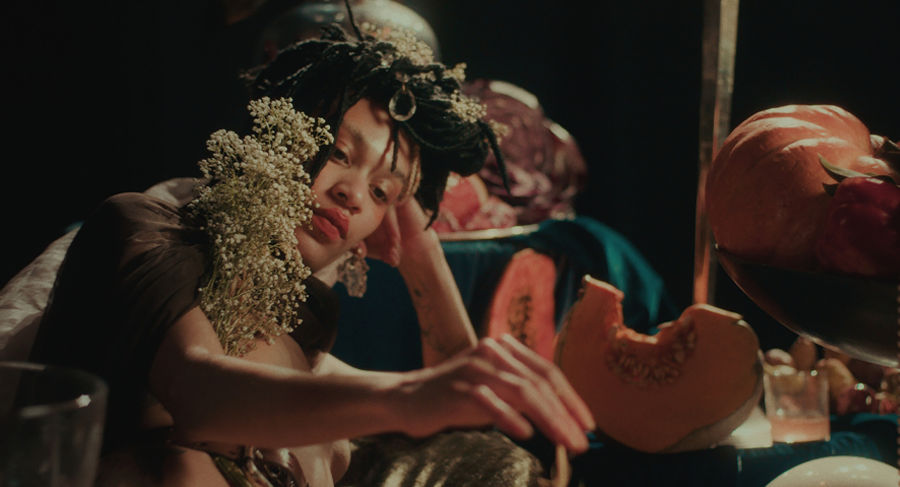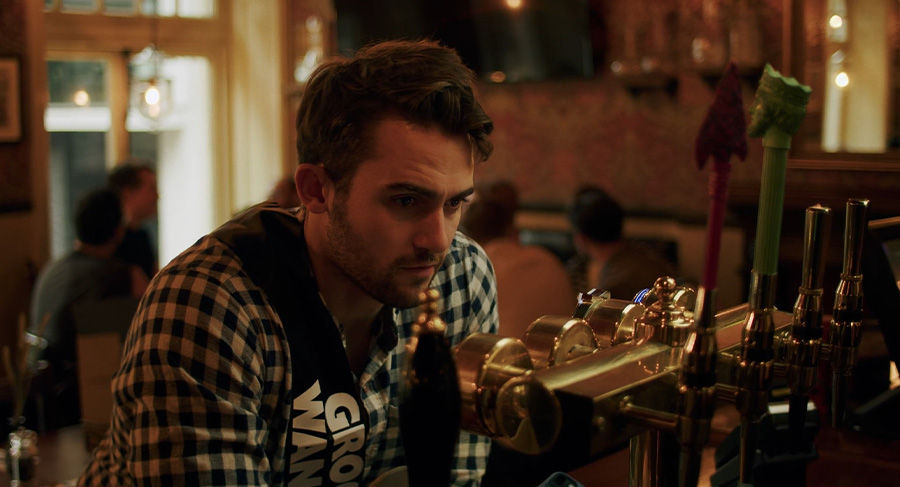BFI London Film Festival: tips for debut filmmakers
By Danny Kelly
26 October 2015
Throughout last month’s BFI London Film Festival we kept a close eye on the list of first-features on show. Many of our students and recent graduates may be thinking of making their filmmaking debuts in the near future and it is fascinating to discern what stories and styles are currently captivating the industry on both sides of the lens.
The business is competitive, and film festivals of varying size play an influential role in giving filmmakers a platform to have their art seen, discussed and perhaps even distributed. What this blog post aims to do is take a glance at some of 2015’s most interesting first-features. By doing so we see the fascinating variation of approaches filmmakers are adopting, but also the similarities that appear to suit relative newcomers.
What was popular in 2015?
This year it was interesting to see how many films featured similar themes and characterisation: namely youth in transition, damaged family structures and problematic sexual relationships. The beauty of such narratives is their universal relatability and inherent capacity to even make us nostalgic for adolescent experiences we never had. We also saw a noteworthy amount of stories told over a finite period of time, unraveling over the duration of a day, week or season.
What should filmmakers consider in their creations?
Create with Confidence & Consistency
The most memorable films we saw this year were remarkably clinical, consistent and considered in their style. Fine examples were Eva Husson’s Bang Gang: A Modern Love Story (French) and Magnus von Horn’s The Here After (Swedish); films linked through their exploration of adolescent characters in rural environments, but creatively divergent in their opposing styles.
The former is a heady immersion; full of movement, multiple on screen characters and a carefully synchronized electronic score that leaves the audience very much in the passenger seat. The latter is the juxtaposition; long takes on a sterile camera, an emotionless protagonist in every scene and the type of chilling cold pallete that is fast becoming synonymous with Scandinavian output. While being on opposite ends of the spectrum, both films work because they effectively pinpoint the feelings they want to evoke and commit to their techniques and style whole-heartedly.
Be Economic
When making your first-feature, it’s unlikely an A-list cast and a hefty budget will be assets at your disposal. Fortunately all of the films we saw this year managed to combat this deficit by focusing their energies on picking sensible and accessible shooting locations that helped give a particular film identity, as well as saving funds in the process. Rural settings and a reliance on naturalistic imagery proved to be popular with first-time filmmakers, no doubt partly due to ease of accessibility.
Director David Farr’s theatre background certainly inferred his appearingly cost-effective The Ones Below (British), which features a limited four-person cast and takes place almost entirely within the confines of a London house. While the decision clearly benefits the film’s claustrophobic and paranoid style, it also would have been useful in terms of longer shooting hours, and having the ability to tamper with set design.
Clémence Poésy in The Ones Below
Pick your Cast Wisely & Appropriately
Those that were fortunate enough to catch BAFTA winner Esther May Campbell’s Light Years (British) were likely left dazzled by the film’s affecting examination of how the derailment of one person’s life journey can so deeply alter the trajectory of family close by. With the bulk of the camera’s attention focused on three children’s varied coping mechanisms with their mother’s mental deterioration, the film’s effectiveness hinges upon a convincing and carefully chosen young cast.
In conversation after the film’s screening, the Director interestingly discussed the process of casting the film, explaining, “I don’t feel I see in British film enough faces that feel like the British landscape I inhabit.” We think the insightful comment rings true and the film’s inclusion of familiar, everyday looking characters with broad Welsh accents provides the film a certain naturalism and authenticity. Esther also spoke of using a Casting Intern – as well as Director – and auditioning through approaching schools.
Watch a clip from Esther’s BAFTA-winning short film September – produced by MetFilm Production.
Ensure You Are a Good Fit For Your Script
King Jack (America) – the tale of a 15-year old loner living in a fatherless family within a small rural American town – feels, in the best possible way, like an early feature. Unassuming in its style, the film is a jagged coming-of-age piece that works because it never overreaches its hazy summer timeline, doesn’t get lost in a convoluted plot and shows genuine care for its imperfect characters.
In speaking to Met Film School about King Jack, Director and Screenwriter Josh Thompson offered us the following piece of advice; ‘The best thing that any filmmaker/ storyteller can do is listen. You go through life and experience all of these fascinating things and it’s important to observe and appreciate that.” Based on this, and everything else we’ve seen at BFI London Film Festival, we advise writing about what you know and to make sure you are working with a script that reflects your level of both technical and life experience. As the saying goes, sometimes less is more.
Will you be the next to debut a feature film at BFI London Film Festival? MetFilm School is London’s largest provider of screen content training in London. We offer a range of undergraduate and postgraduate programmes. Download a prospectus to learn more today.














